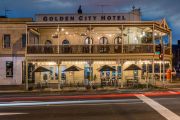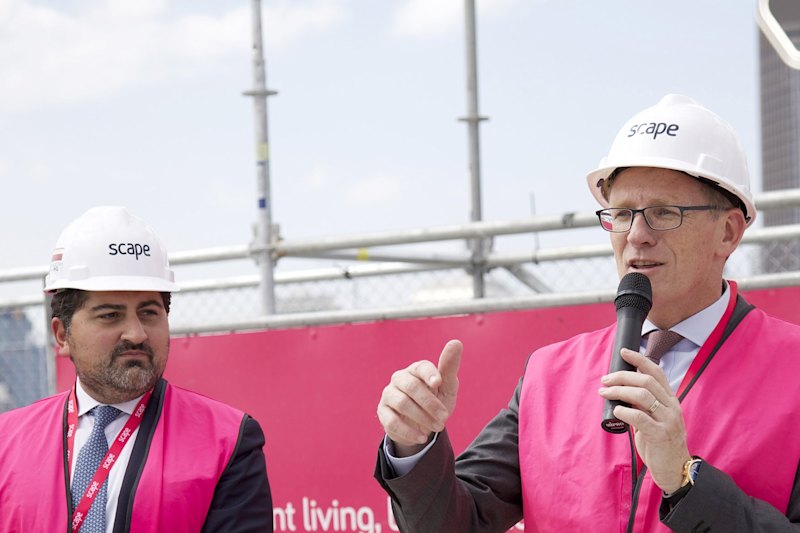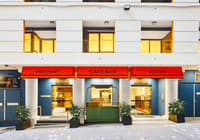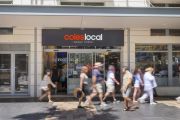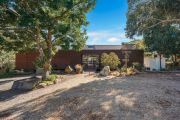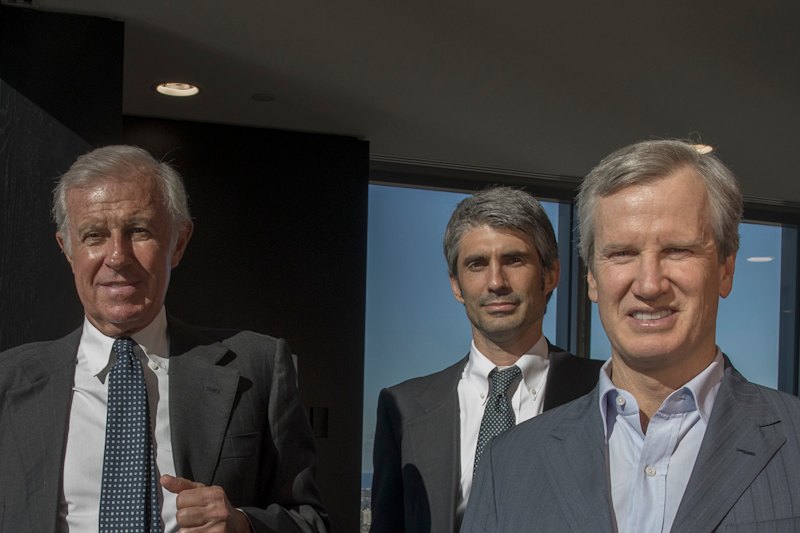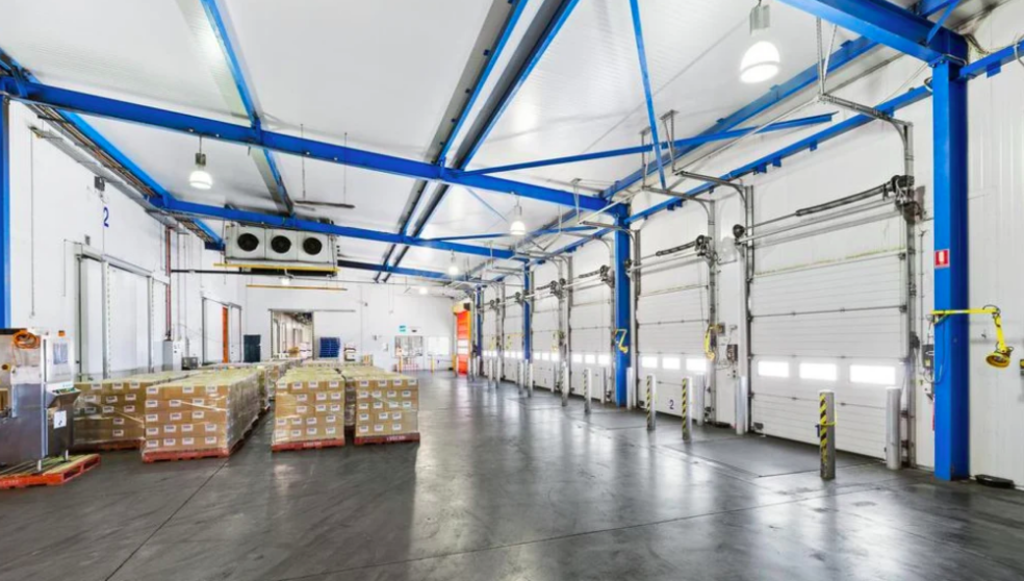
Cold storage and dangerous goods driving demand for sheds
A shortage of cold storage space and need for dangerous goods handling is driving demand for sheds in Melbourne’s south east, with vacancies hitting a record low despite the coronavirus crisis.
A chronic shortage of industrial and logistics space from Dandenong to Keysborough is behind the tight vacancy rates benefiting landlords.
Centuria Industrial REIT, the country’s largest pure play industrial real estate trust, has finalised two large lease deals across more than 17,000 square metres in properties it owns in Noble Park and Keysborough.
Centuria’s fund manager Jesse Curtis said both deals were signed with “limited downtime” between tenants.
Morrows Logistics Group, after a year-long search for a certified dangerous goods handling facility, will move into an 8507 sq m warehouse in Noble Park owned by Centuria.
CBRE’s industrial and logistics senior director, David Aiello, said Morrows signed a seven-year lease.
“We identified Morrows 12 months ago and worked with Centuria to formulate a strategy that would facilitate a long-term commitment,” he said. “Morrows were looking for a facility to accommodate their clients’ increased demand for dangerous goods storage.”
In nearby Keysborough, Vincent Cold Storage will upsize after taking a five-year lease over an 8655-square-metre cold storage property with multiple freezer and chiller rooms at 102-108 Bridge Road in a deal facilitated by Mr Aiello and James Jorgensen.
The facility was previously occupied by Montague Cold Storage, but the market was nevertheless “starved of existing cold storage opportunities,” Mr Aiello said.
Neither party would discuss specifics but past deals suggest industrial rents in Keysborough average around $145 per square metre and in Noble Park between $75 to $80 per sq m.
For buildings larger than 4000 square metres, the vacancy rate in Melbourne’s south east has continued to fall this year, reaching 1.73 per cent in March.
Even with uncertainty from the coronavirus pandemic, the tight vacancy rates are likely to prompt speculative warehouse developments, Mr Aiello said.
“In the western Melbourne market, more than 250,000 square metres of speculative development was offered in 2019, however developers in the south east have been far less inclined to push the button on permitted sites,” he said.
Because tenants weren’t giving themselves time to tie down a pre-lease in a rapidly changing market it was creating opportunities for developers to undertake speculative projects, he said.

